Your Container Garden Keeps Dying? Here’s What the Pros Know That You Don’t
I’ve been elbows-deep in potting soil for a long, long time, creating container arrangements for everyone from big commercial clients to my neighbor with her tiny apartment balcony. And if there’s one thing I’ve learned, it’s this: a pot is NOT a tiny version of your garden. It’s a completely unique little world with its own set of rules.
In this article
So many people start with the best intentions. They buy a gorgeous pot, grab a few pretty plants, and then watch in frustration as everything starts looking sad within a month. It’s a huge bummer, and honestly, it’s usually not their fault. They were just missing the foundational secrets of how a container ecosystem actually works.
This isn’t going to be another one of those endless lists of plants. Those lists miss the most important question: why? Why do some plants rock it in a pot while others give up the ghost? My goal here is to pass along the core principles I’ve picked up from years of trial and error. Think of this as the stuff I teach my new hires—the knowledge that turns container gardening from a gamble into a craft.
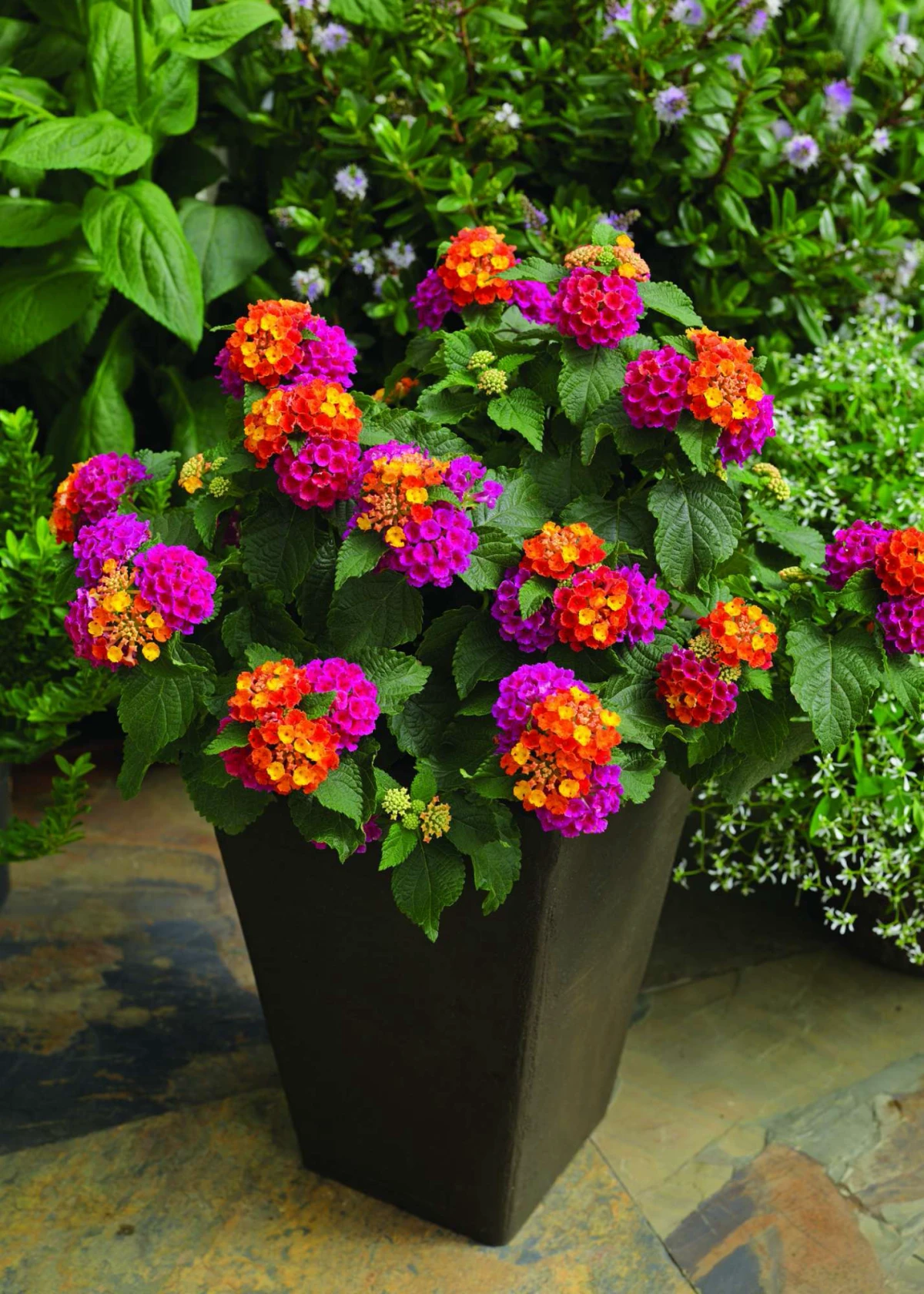
First Things First: It’s All About the Pot
Before you even glance at a plant, you have to understand the container itself. Getting this right is about 80% of the battle. Ignoring it is, frankly, the number one reason potted plants fail.
Soil, Water, and Why Drainage Is a Deal-Breaker
In your garden, a plant’s roots can travel to find what they need. In a pot, they’re trapped. The soil you give them is their entire world, which is why you can’t just scoop up dirt from your yard. Garden soil is way too dense and compacts into a brick in a pot, suffocating the roots. You absolutely have to use a product labeled “potting mix.” It’s specifically designed to be light, holding both moisture and critical air pockets.
And every single pot needs a drainage hole. Period. I’ve seen people fall in love with beautiful, expensive pots that don’t have one, and my advice is always the same: we either drill a hole, or we find another pot. Without an escape route, water fills the bottom, the roots drown, and the whole thing turns into a stinky, swampy mess. If your soil smells sour, you’ve got root rot.
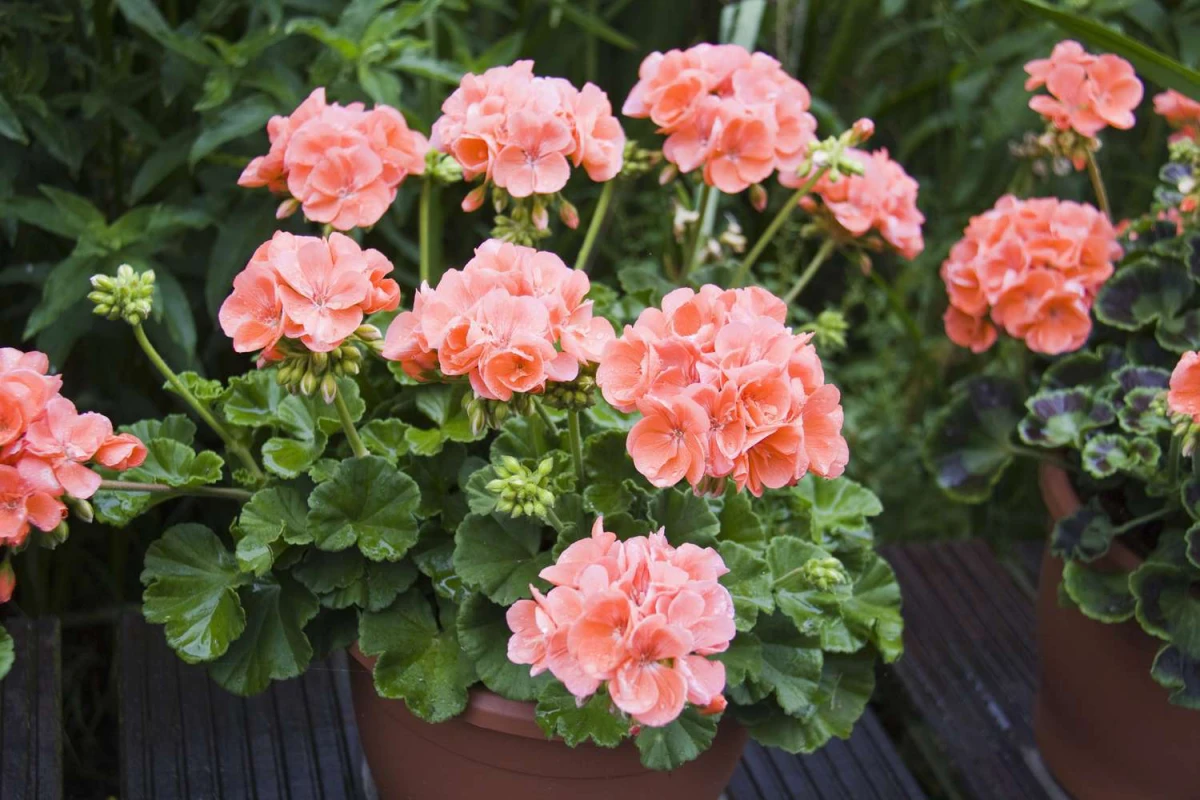
Quick tip: To drill a hole in a ceramic or terracotta pot without cracking it, you need a specific tool. Grab a masonry or diamond-tipped drill bit from the hardware store for about $10-$15. It’s a small investment that will save you from breaking that $50 pot you just bought.
Choosing the Right Material for Your Pot
The material your pot is made of has a huge impact on watering. It’s not just about looks, so let’s break it down.
- Terracotta (Unglazed Clay): This is a classic for a reason. These pots are porous, meaning they breathe. That’s great for root health! The big downside is that they also wick moisture right out through the sides, so you’ll have to water far more often, especially on hot days. They are heavy and can cost anywhere from $15 to $70 depending on size.
- Plastic or Resin: These are lightweight and fantastic at holding moisture, which makes them a great choice for thirsty plants or if you tend to forget to water. The risk? It’s much easier to overwater. They are also the most budget-friendly, usually in the $10 to $40 range for a decent size. Heads up, though: a dark-colored plastic pot in direct sun can get hot enough to literally cook the roots.
- Glazed Ceramic: These are my personal favorite for a high-impact look. They hold water well (like plastic) but are much heavier and more stable. They offer the best protection from temperature swings, but they are also the most expensive, often starting around $50 and going up to $200+ for a large, decorative piece.
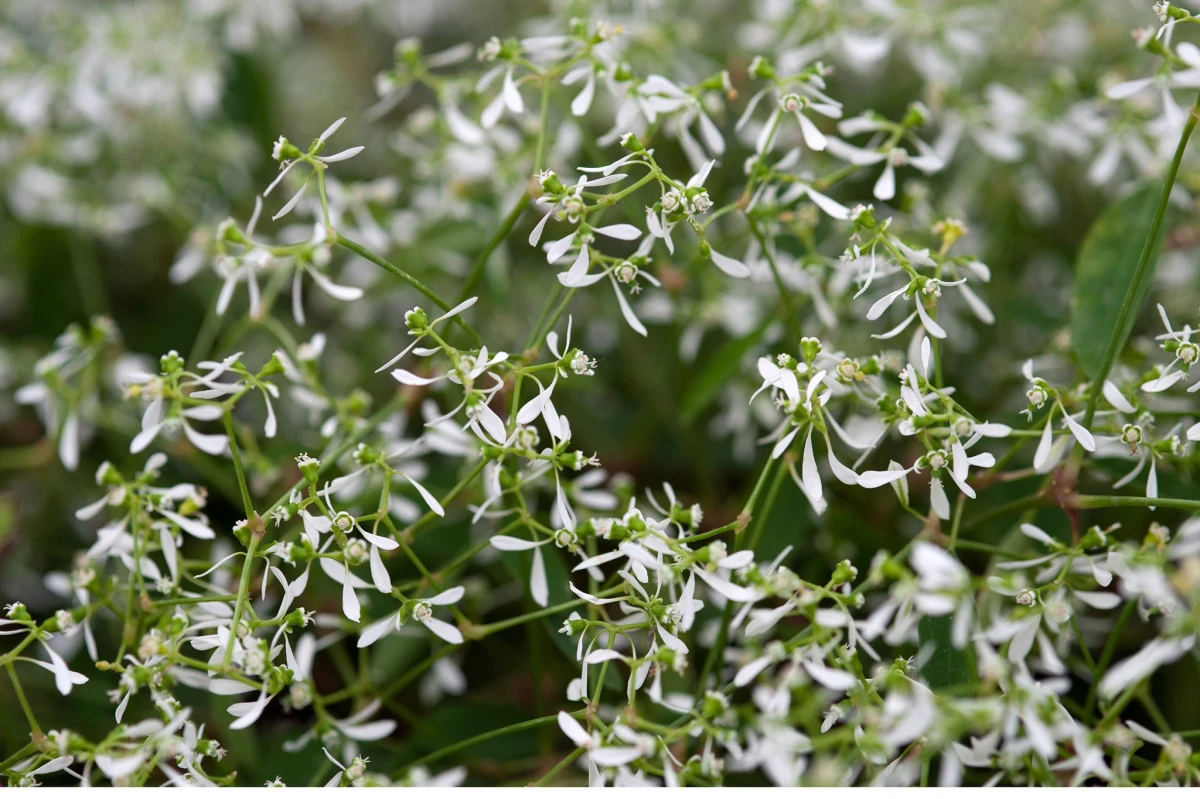
The Hidden Stressors: Heat and Cold
Think about it: roots in the ground are insulated by the earth. Roots in a pot are exposed on all sides. On a hot summer day, the soil inside a container can easily rocket past 120°F. That kind of heat scorches the delicate root hairs the plant uses to drink. The plant will look thirsty, but the real issue is that its ability to absorb water is being cooked.
The reverse is true in winter. The soil in a pot freezes much faster and harder than the ground. This is why a perennial that’s perfectly hardy in your garden bed might not survive the winter in a container. When I design pots that need to look good year-round, I always pick plants rated for at least two zones colder than my client’s area.
How the Pros Actually Build a Container Garden
Okay, with the container science out of the way, let’s get to the fun part: putting it all together. This is the system I use to get beautiful, consistent results every time.
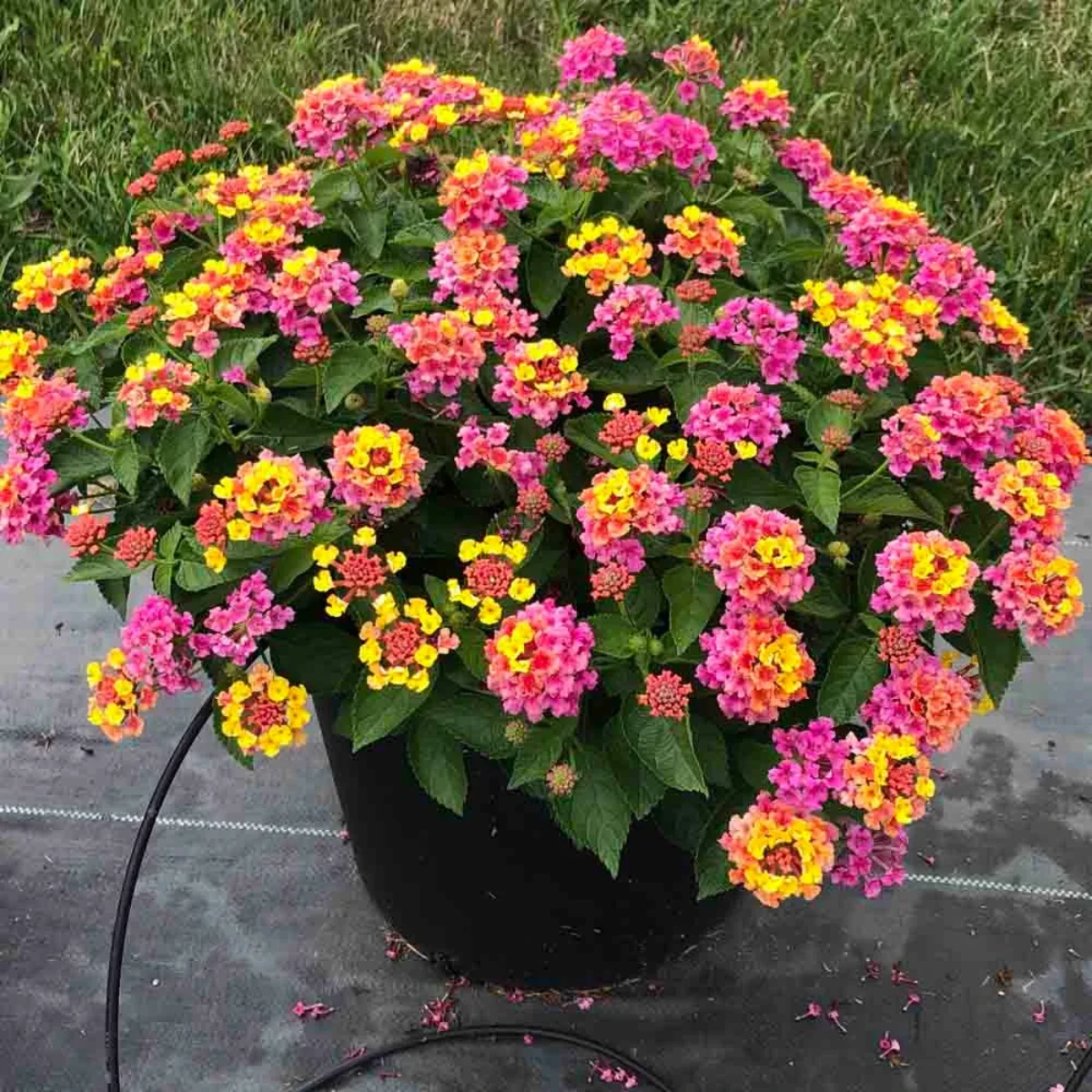
The ‘Thriller, Filler, Spiller’ Recipe
This design framework is a classic because it just works. It’s a simple mental checklist to make sure your pot has height, fullness, and a little bit of drama.
- Thriller: This is your star—the tall, eye-catching plant that provides a vertical focal point. Think of things like a dramatic red Cordyline or a spiky ornamental grass.
- Filler: These are the mounding plants that nestle around the thriller. They make the arrangement look lush and full. This is where your Geraniums, Begonias, or Coleus shine.
- Spiller: These are the plants that cascade over the edge of the pot, softening the lines and connecting it to the ground. Sweet Potato Vine, Million Bells, or a trailing Lantana are perfect for this job.
Good to know: You don’t always need all three, especially in a smaller pot. But how many plants should you buy? For a standard 16- or 18-inch round pot, my go-to formula is 1 thriller, 3-4 fillers, and 2-3 spillers. For a smaller 12-inch pot, I’d scale back to 1 thriller, 2 fillers, and 1 or 2 spillers. People often cram way too many in, forgetting they will grow!
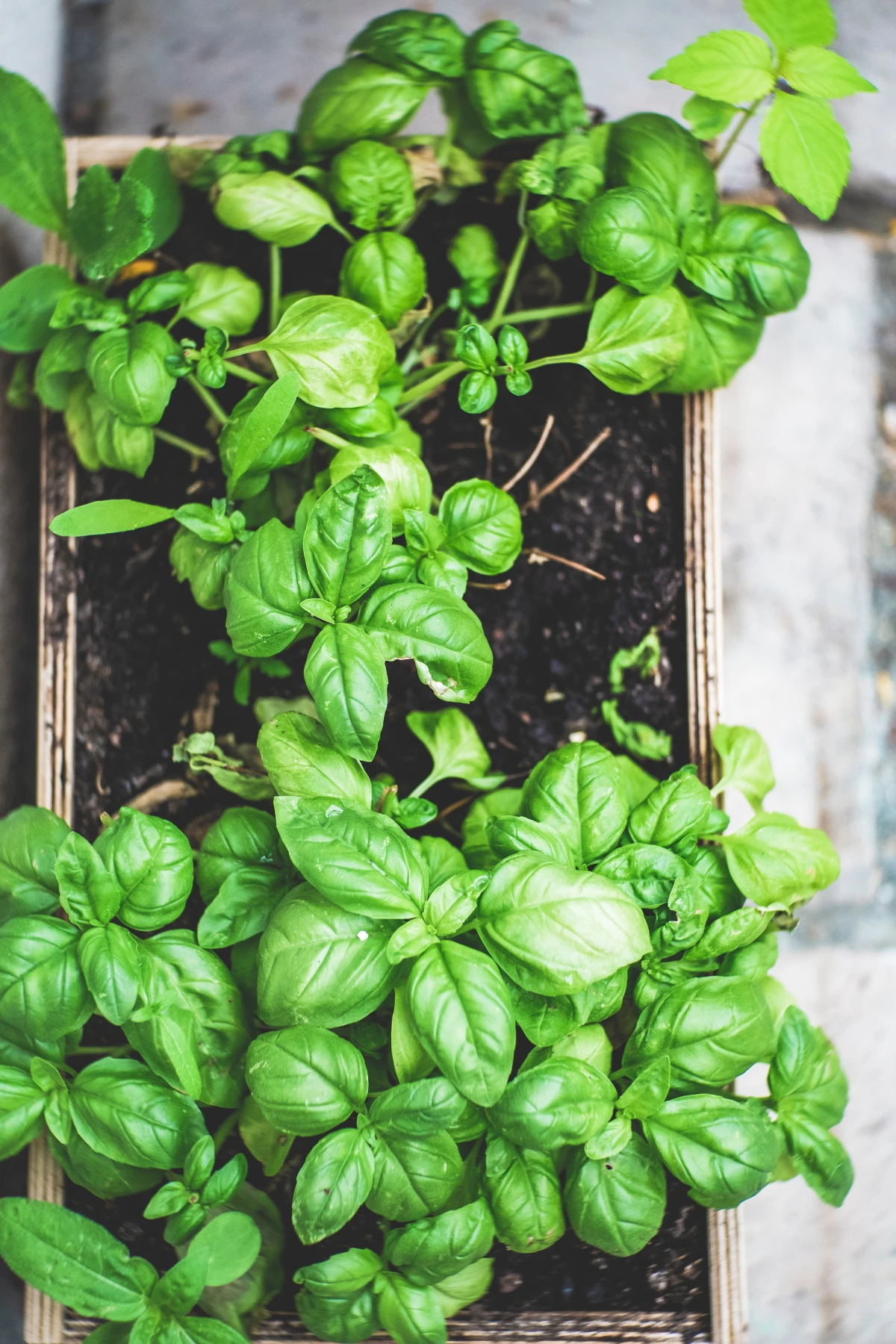
My Go-To Potting Mix Cocktail
While a bagged potting mix is a great start, I almost always beef it up for better performance. A high-quality bag of mix will cost you about $15-$20, and it’s worth every penny. Cheap mixes break down into sludge by mid-summer.
Here’s my recipe for a big pot:
- 2 parts high-quality potting mix (This is your base)
- 1 part compost or composted bark fines (Adds nutrients and structure)
- 1 part perlite or pumice (Crucial for keeping things light and airy!)
By the way, don’t overthink the term ‘part’! A part is just your unit of measurement. It could be a coffee can, a yogurt container, or a small bucket—as long as you use the same one for all your ingredients, you’re golden.
At this stage, I also mix in a slow-release granular fertilizer. It’s a great insurance policy for keeping the plants fed for the first couple of months.
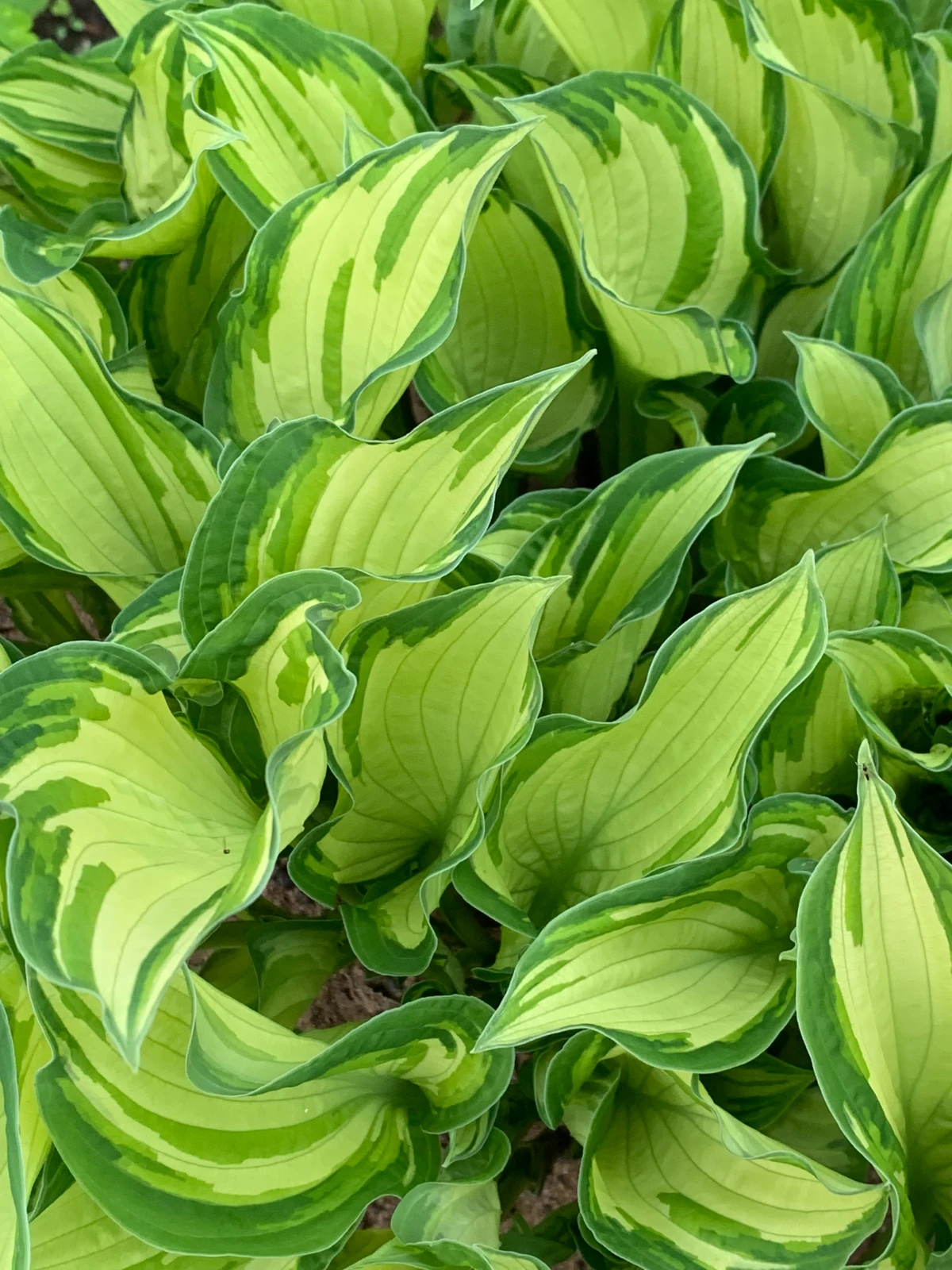
How to Water (The Right Way)
This is the question I get most often. “How do I know when to water?” It’s simpler than you think. Forget watering on a strict schedule and learn the finger test.
Stick your index finger into the soil up to your second knuckle. If the soil feels dry at your fingertip, it’s time to water. If it feels moist, wait another day and check again. When you do water, do it thoroughly. Pour water slowly and evenly over the entire soil surface until you see it running freely out of the drainage hole at the bottom. This ensures the entire root ball gets a drink, not just the top layer.
Picking the Right Plants for the Job
Now we can talk plants! Instead of a boring list, let’s think like a designer and group them by what they do and where they live.
Sun Worshippers: For Hot, Bright Spots (6+ hours of sun)
Lantana: This is my top pick for tough, low-maintenance spots. It loves heat, thrives on a bit of neglect, and butterflies go crazy for it. You can get mounding types for fillers or trailing ones for spillers.
Heads up! The leaves and unripe berries of Lantana are toxic to pets if they eat them. I always point this out to clients. If you have a curious dog or a toddler, just play it safe. Skip the Lantana and grab some colorful Angelonia or Salvia instead—they provide the same heat-loving flower power without the worry.
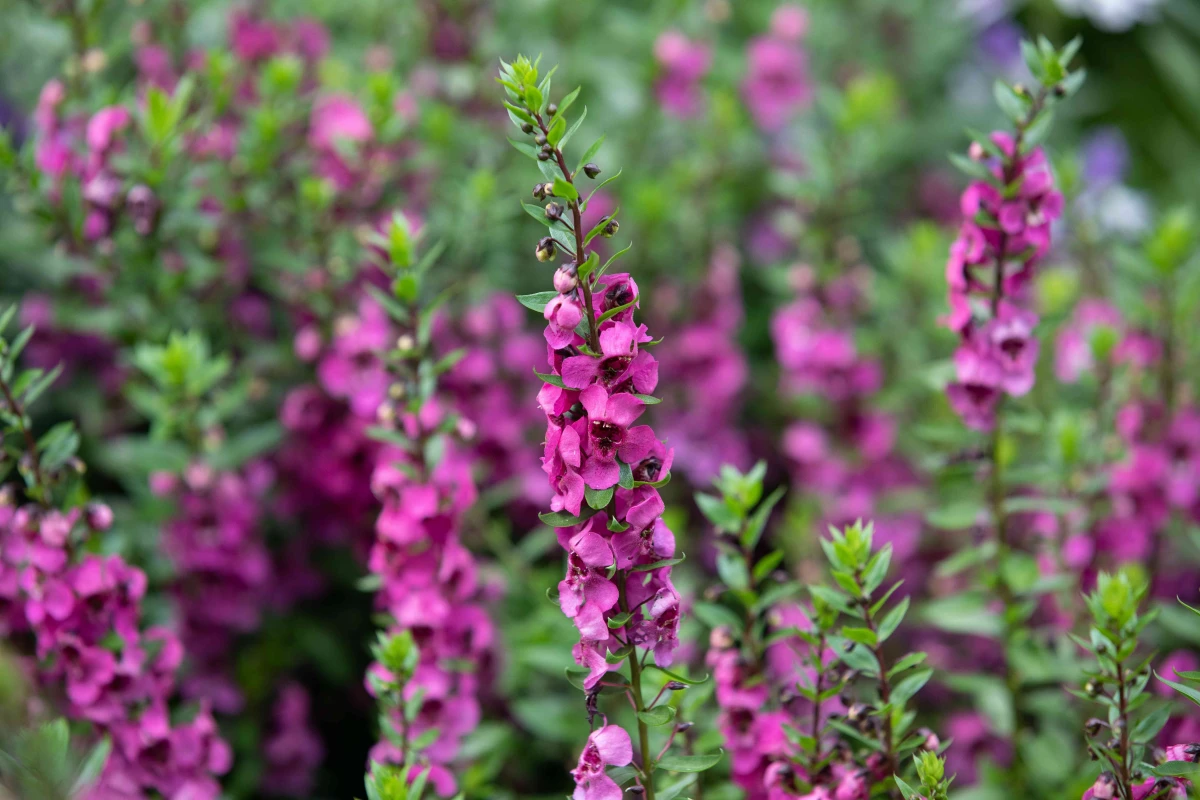
Geraniums (Pelargoniums): The absolute classic container filler. They’re fairly drought-tolerant once they get going. The secret to endless blooms is to deadhead them correctly. Don’t just pop the dead flower off; trace that stem all the way back to the main branch and snap it off there. This tells the plant to make a whole new flower stalk.
Shade Dwellers: For Covered Porches and Entryways
Hostas: Yes, hostas are amazing in pots! Forget plain green—you can find them in incredible blues, golds, and stunning variegated patterns. Their big, architectural leaves can act as a thriller and filler all in one.
A common mistake is… forgetting that slugs and snails love hostas, especially in pots where they can hide under the rim. I use an iron phosphate-based slug bait, which is much safer for pets and wildlife than the older chemical pellets.
Begonias: An incredibly versatile group. Tuberous begonias give you those huge, stunning flowers perfect for hanging baskets, while wax begonias are workhorse fillers. I learned a costly lesson early in my career by overwatering a client’s expensive begonias—the stems turned to mush. Now I always let the top inch of soil dry out completely before watering them again.

A Real-World Shopping List Example
To make this tangible, here’s the breakdown for my favorite sunny porch pot combo in an 18-inch container:
- Thriller: 1 Cordyline (a tall, spiky red variety) – about $15
- Fillers: 3 Geraniums (in a complementary color) – about $6 each ($18 total)
- Spillers: 2 Sweet Potato Vines (the lime green ‘Margarita’ is a classic) – about $5 each ($10 total)
- Supplies: 1 large bag of quality potting mix (~$18) and 1 small bag of perlite (~$8).
All in, you’re looking at a total project cost of around $70 for a stunning, professional-looking container that will last all season.
Keeping It Looking Good All Season
A pot is a closed system, and plants are hungry. Every time you water, you’re washing a tiny bit of nutrition out of the pot. You have to put it back in.
My feeding schedule is a simple two-part system. First, I use that slow-release granular fertilizer at planting time. Second, I supplement with a water-soluble liquid fertilizer every 2 to 3 weeks during the growing season. For most brands, my rule of thumb is about one tablespoon per gallon of water, but I always recommend starting with a half-strength solution for the first few feedings to avoid burning young roots.
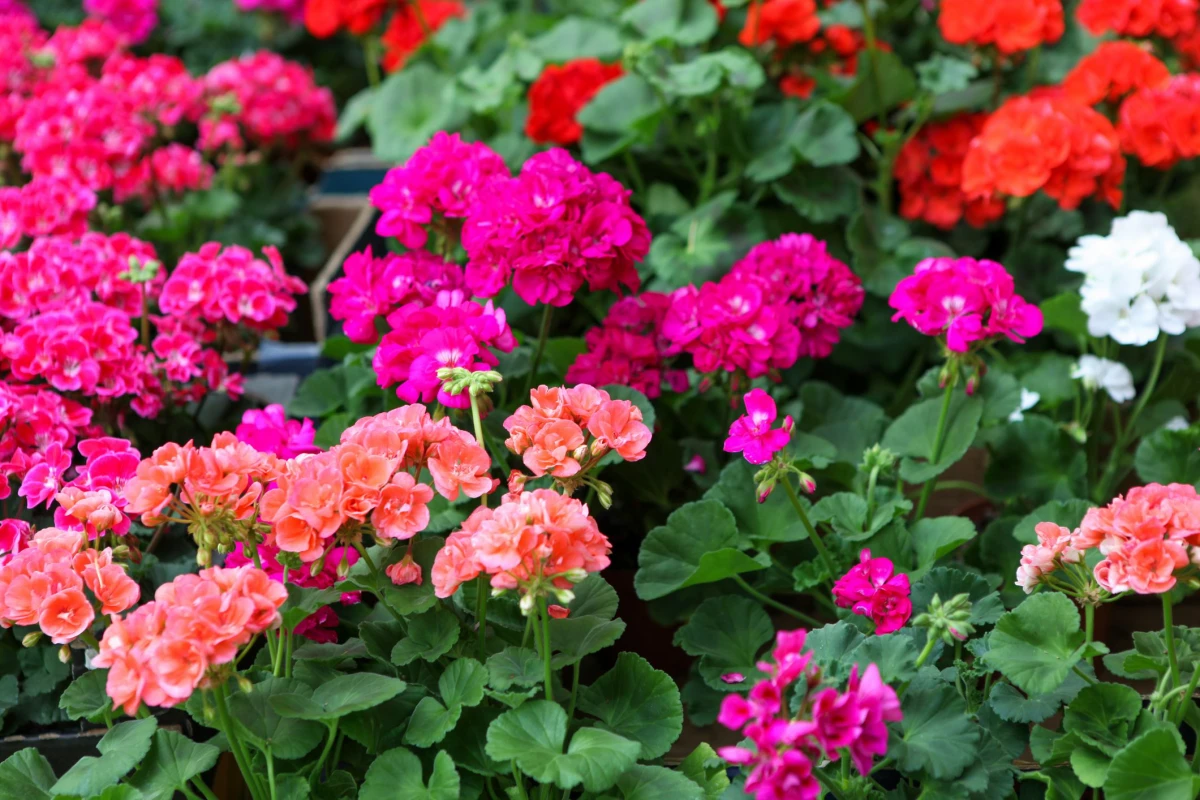
A Final, Critical Warning About Weight
Okay, this is my biggest safety speech for homeowners. A large 24-inch ceramic pot might cost you anywhere from $80 to $300, but once you fill it with wet soil and plants, it can easily weigh 150-200 pounds. Seriously.
Do not put these on old wooden decks, flimsy stands, or balcony railings without being sure they can handle the load. I have seen decks crack. Always, always, always put your large pots in their final spot before you fill them. Use a dolly or get a friend to help. If you’re planning a major rooftop garden with multiple large containers, I strongly advise consulting a structural engineer. It’s not something you want to guess about.
Galerie d’inspiration
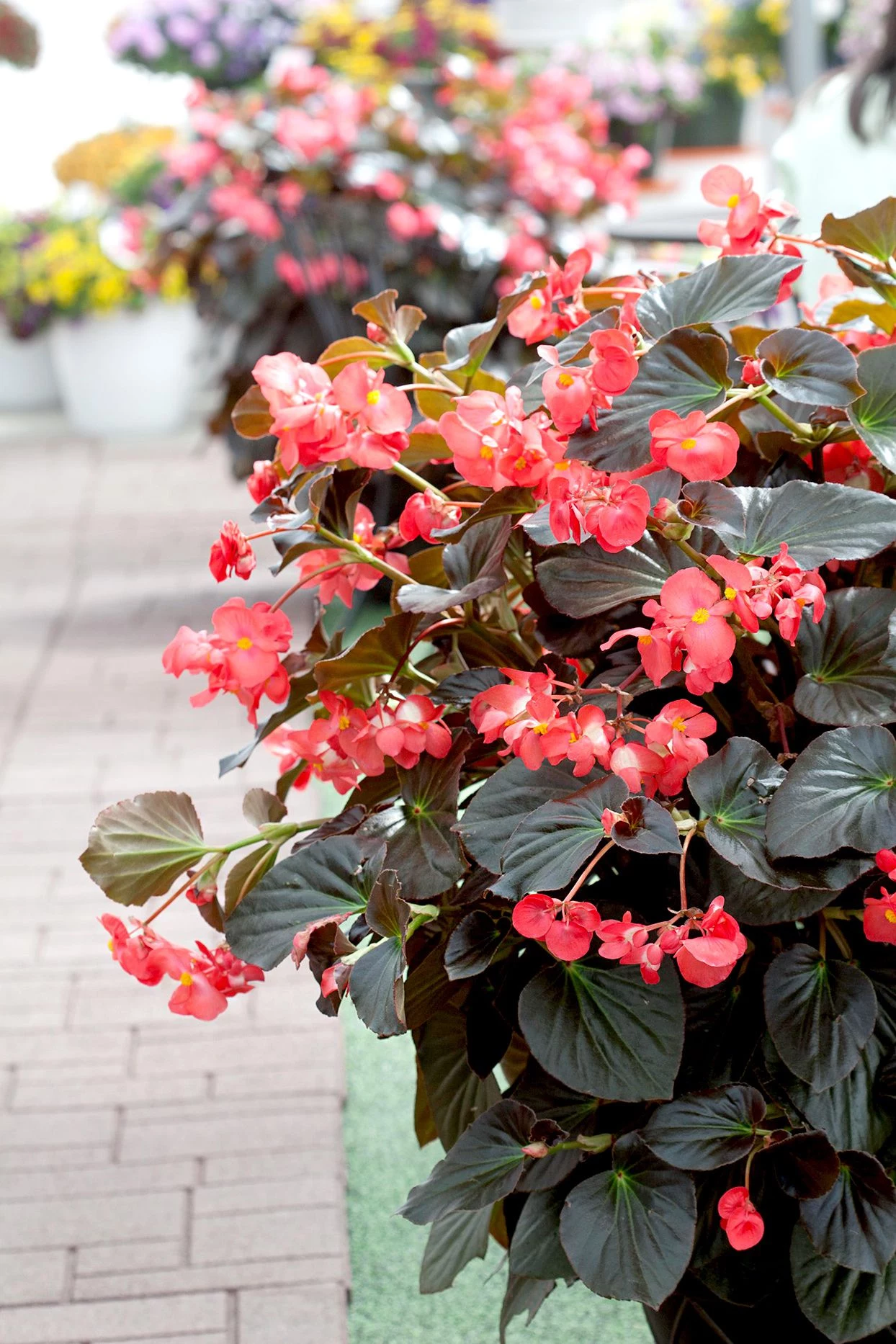
Does the pot material really matter?
Absolutely, and it directly impacts your watering routine. A classic terracotta pot is porous, meaning it breathes. Water evaporates through its walls, helping soil dry out faster. This is a huge advantage for plants that hate ‘wet feet,’ like succulents, geraniums, and rosemary. On the other hand, non-porous materials like glazed ceramic, metal, or plastic hold moisture for much longer. They are perfect for thirsty plants like ferns and caladiums or for gardeners who tend to forget to water. The key is to match the material to the plant’s needs.










